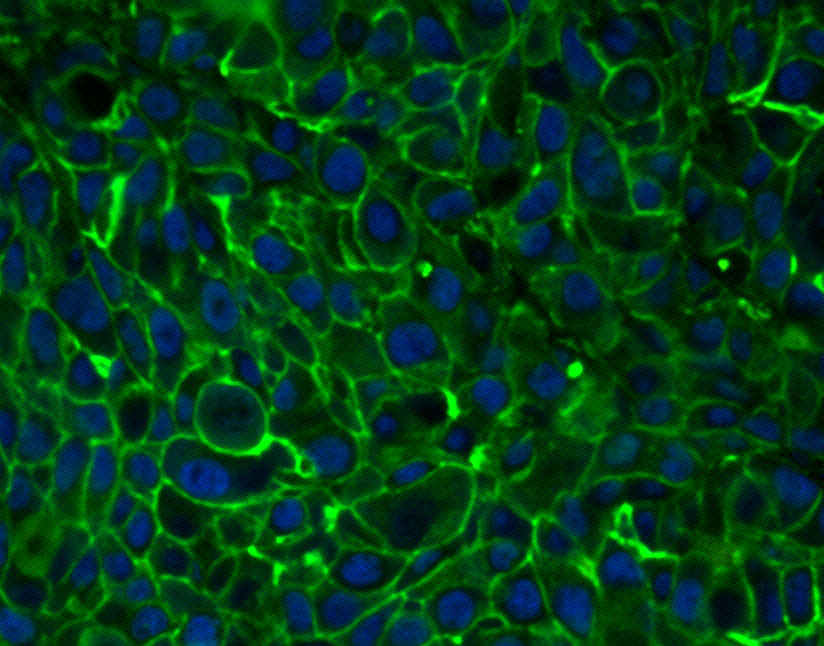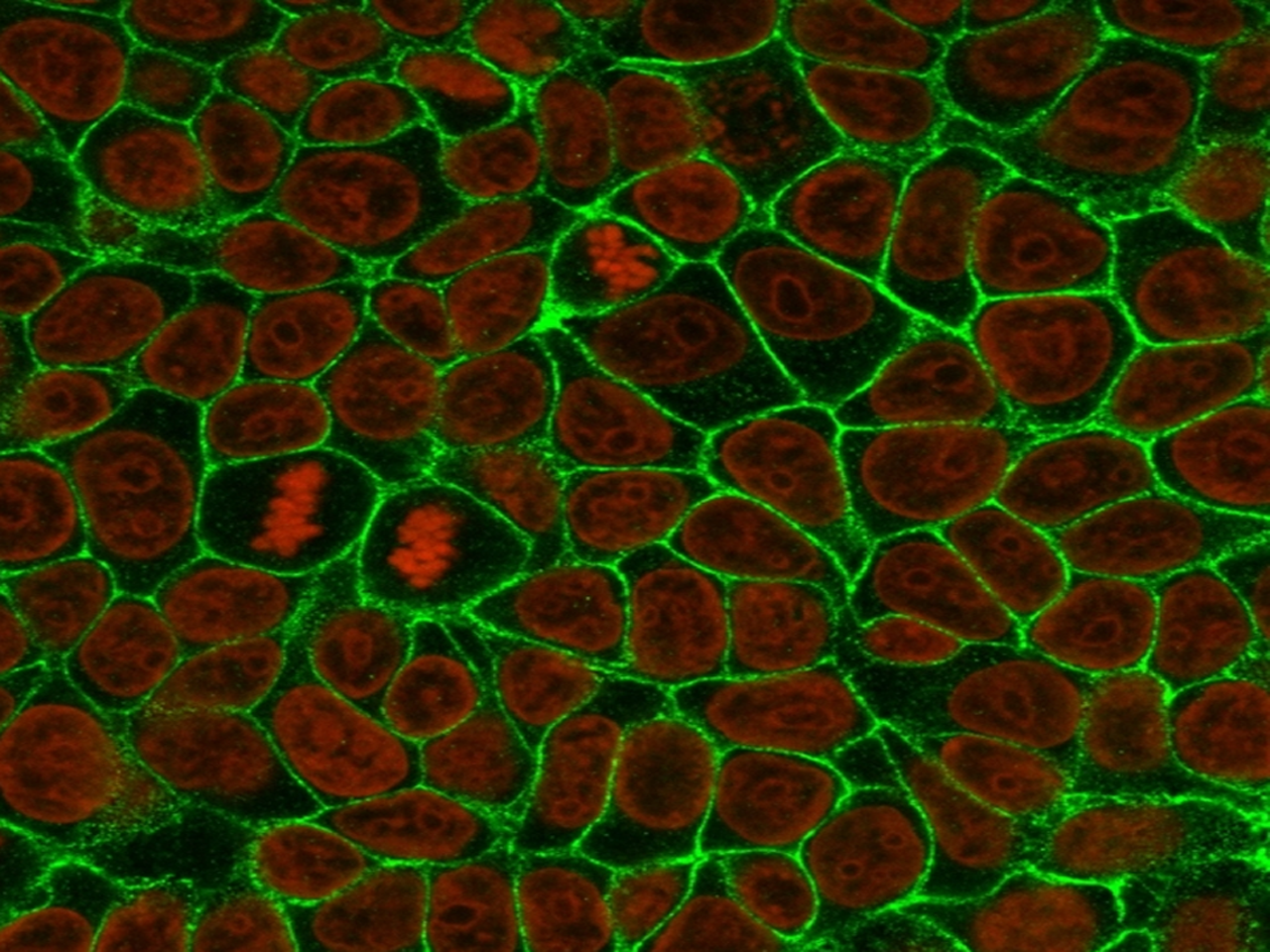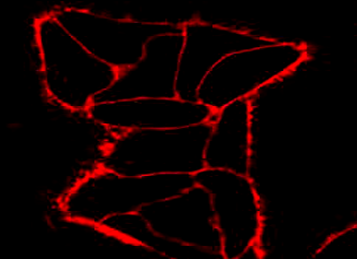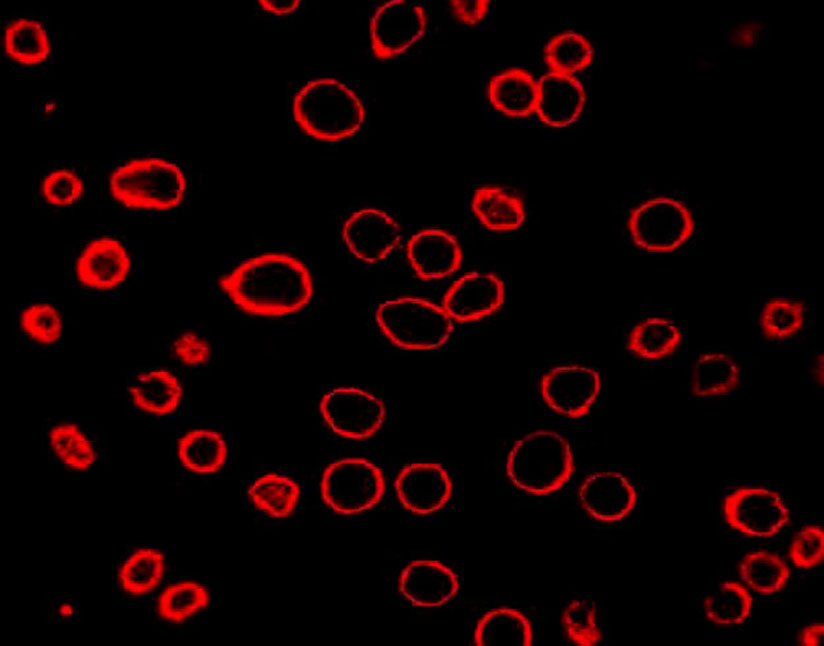Basic Information
Product name | DiA Membrane Probe (Green) |
Size | 50 mg |
Storage | Store at 4°C, away from light |
Shipping | Shipped with ice pack |
Validity | 12 months |
Molecular Structure

DiA excitation/emission wavelength: 456/590 nm
Product Introduction
DiA (4-Di-16-ASP) is a lipophilic green fluorescent dye commonly used for labeling and imaging cell membranes. DiA exhibits weak fluorescence in aqueous solutions, but its fluorescence intensity significantly increases when it is incorporated into cell membranes or bound to lipophilic biomolecules. DiA is frequently used to label cell membranes and other hydrophobic structures, and it is suitable for staining both live and fixed cells. It can be used in combination with DiI for dual-color labeling, which facilitates the simultaneous observation of different cells or cellular structures.
Reagent preparation
(1) Preparation of stock solution: The stock solution is prepared with anhydrous DMSO, anhydrous DMF or EtOH, with a concentration of 1-5 mM. The solubility of DiA in anhydrous DMSO and anhydrous DMF is higher than that in EtOH.
Note:a. Unused stock solution should be stored in aliquots at -20°C to avoid repeated freezing and thawing;
b. If the solution is difficult to dissolve, it can be heated appropriately and ultrasonicated to promote dissolution.
(2) Preparation of working solution: Dilute the stock solution with a suitable buffer (e.g. serum-free culture medium, HBSS or PBS) to prepare a working solution with a concentration of 1-30 μM. The most commonly used working solution concentration is 5-10 μM.
Note: The final concentration of the working solution is recommended to be optimized according to different cell lines and experimental systems. It is recommended to start exploring the optimal concentration within a range of 10 times the recommended concentration.
Note: This reagent is for scientific research use only!




